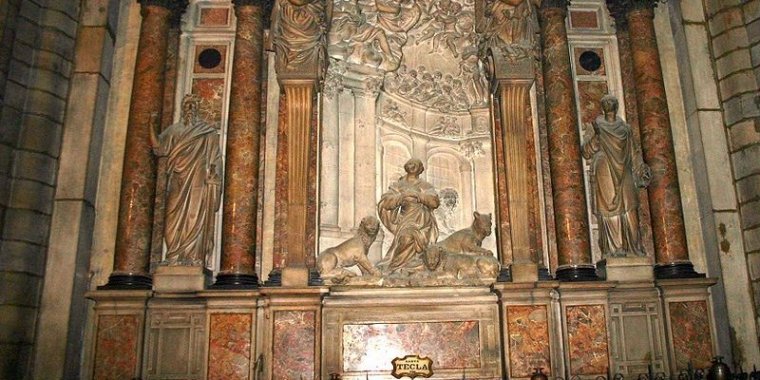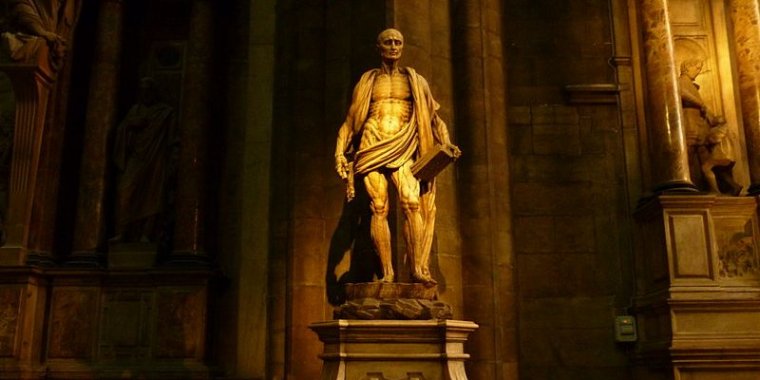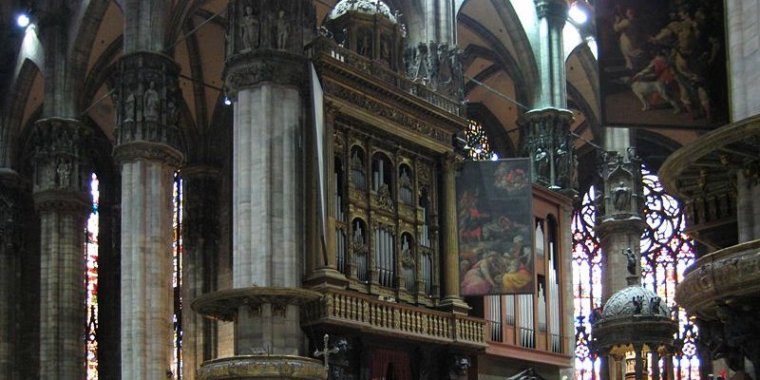| Published in Attractions / Places of Interest |
Milan Cathedral (Duomo di Milano), Italy
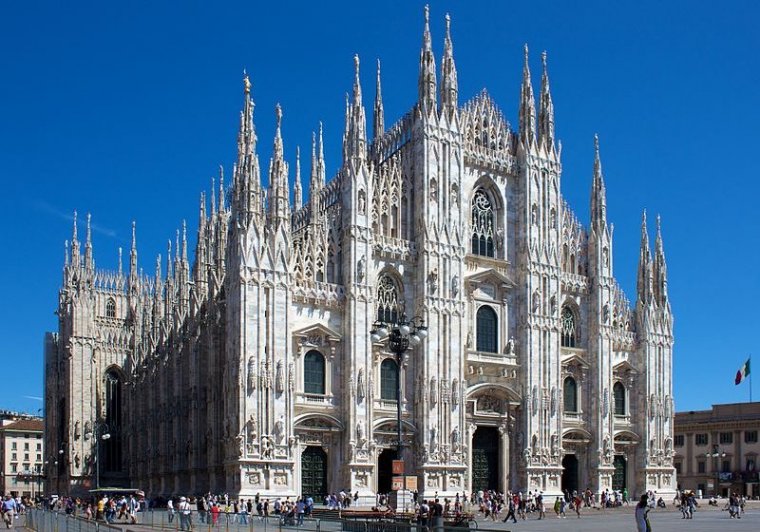
Milan Cathedral from Piazza del Duomo. ![]()
Milan Cathedral (Duomo di Milano) is the cathedral church of Milan, Lombardy, Italy. Dedicated to the Nativity of St Mary (Santa Maria Nascente), it is the seat of the Archbishop of Milan, currently Archbishop Mario Delpini. The cathedral took nearly six centuries to complete. It is the largest church in Italy (the larger St. Peter's Basilica is in the State of Vatican City), the third largest in Europe and the fourth largest in the world.
In 1386, Archbishop Antonio da Saluzzo began construction of the cathedral.
The cathedral was built over several hundred years in a number of contrasting styles and the quality of the workmanship varies markedly.
The plan consists of a nave with four side-aisles, crossed by a transept and then followed by choir and apse. The height of the nave is about 45 metres (148 ft), the highest Gothic vaults of a complete church (less than the 48 metres (157 ft) of Beauvais Cathedral, which was never completed).
The roof is open to tourists (for a fee), which allows many a close-up view of some spectacular sculpture that would otherwise be unappreciated. The roof of the cathedral is renowned for the forest of openwork pinnacles and spires, set upon delicate flying buttresses.
The cathedral's five broad naves, divided by 40 pillars, are reflected in the hierarchic openings of the façade. Even the transepts have aisles. The nave columns are 24.5 metres (80 ft) high, and the apsidal windows are 20.7 by 8.5 metres (68 by 28 ft). The huge building is of brick construction, faced with marble from the quarries which Gian Galeazzo Visconti donated in perpetuity to the cathedral chapter.
Main monuments and sights
• At the left of the altar is located the most famous statue of all the Cathedral, the Saint Bartholomew Flayed (1562), by Marco d'Agrate, the saint shows his flayed skin thrown over his shoulders like a stole.
• The Archbishop Alberto da Intimiano's sarcophagus, which is overlooked by a Crucifix in copper laminae (a replica).
• The sarcophagi of the archbishops Ottone Visconti and Giovanni Visconti, created by a Campionese master in the 14th century.
• The sarcophagus of Marco Carelli, who donated 35,000 ducati to accelerate the construction of the cathedral.
• The three magnificent altars by Pellegrino Pellegrini, which include the notable Federico Zuccari's Visit of St. Peter to St. Agatha jailed.
• In the right transept, the monument to Gian Giacomo Medici di Marignano, called "Medeghino", by Leone Leoni, and the adjacent Renaissance marble altar, decorated with gilt bronze statues.
• The presbytery is a late Renaissance masterpiece composing a choir, a Temple by Pellegrini, two pulpits with giant atlantes covered in copper and bronze, and two large organs. Around the choir the two sacristies' portals, some frescoes and a fifteenth-century statue of Martin V by Jacopino da Tradate) can be seen.
• The transepts house the Trivulzio Candelabrum, which is in two pieces. The base (attributed to Nicolas of Verdun, 12th no century), characterized by a fantastic ensemble of vines, vegetables and imaginary animals; and the stem, of the mid-16th century.
• In the left aisle, the Arcimboldi monument by Alessi and Romanesque figures depicting the Apostles in red marble and the neo-Classic baptistry by Pellegrini.
• A small red light bulb in the dome above the apse marks the spot where one of the nails reputedly from the Crucifixion of Christ has been placed. The Holy Nail is retrieved and exposed to the public every year, during a celebration known as the Rite of the Nivola.
• The 5-manual, 225-rank pipe-organ, built jointly by the Tamburini and Mascioni Italian organbuilding firms on Mussolini's command, is currently the largest organ in all of Italy.
Address: Via Carlo Maria Martini 1, 20122 Milan
Source
• www.wikipedia.org
YOU MAY ALSO LIKE



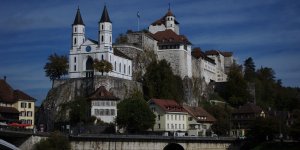

 If you own or manage a travel-related business such as a hotel, a bed-and-breakfast, a restaurant, a pub or a cafeteria, you can create a web page for your business for free on Titi Tudorancea Travel Info. » |
